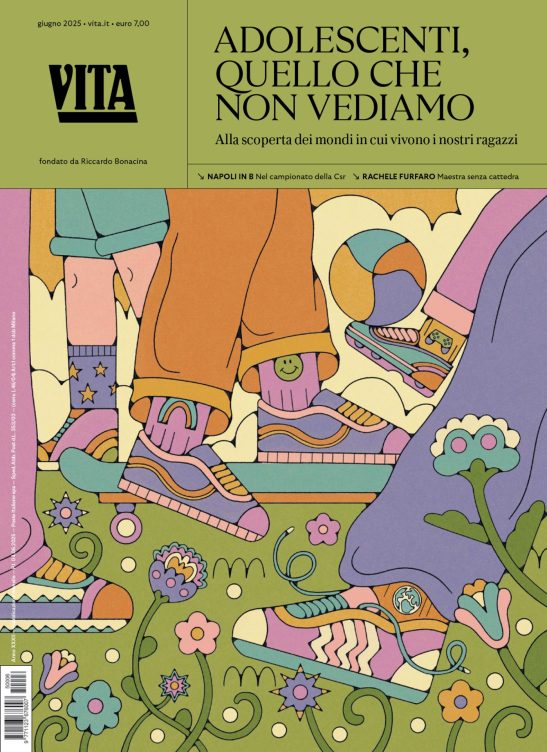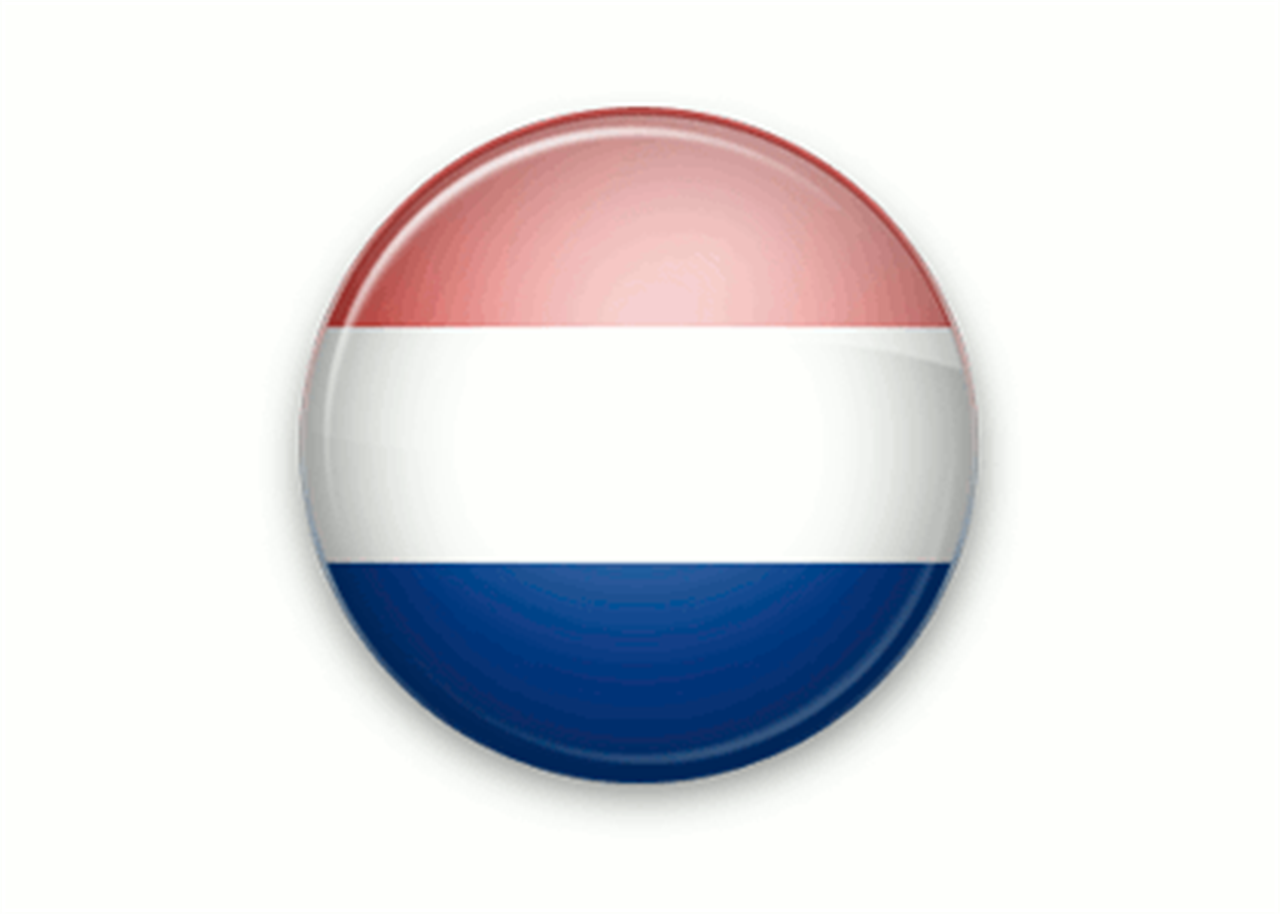In the 1990s, a large research project coordinated by Johns Hopkins University found out that the Dutch third sector was among the largest in the world. In terms of non-agricultural employment it was the largest, with 12.9%. The bulk of employment was in social welfare services – particularly health, education and research, social care and social housing. Voluntary work stood at 6.1%, which again made it proportionally the largest (source: van den Berg, Mw. E.M. and Brandsen, T.,
The Dutch Third Sector and the European Union – Connecting Citizens to the EU?, Scientific Council for Government Policy – WRR, The Hague, 2007).
The Netherlands has a long standing trade union sector which administers worker protection services such as disability, unemployment and programmes to assist in case of illness. By tradition, then, many services – including health care, welfare work, social security and education – are provided by non-profit organisations.
Therefore, though the government provides the majority of the financial support for the delivery of these services in health and social welfare, it operates few programmes itself (source: www.givingineurope.org).
The 2007 Report The Social Economy in the European Union edited by the European Economic and Social Committee (European Economic and Social Committee – EESC; 2007; 2002 data) highlights that the Dutch social economy is composed by (see table below):
– 60,000 associations, foundations and similar (social action, health, research and education associations, grant-making foundations; other kinds of organizations).
In particular, foundations amount to 163,000 units (University of Heidelberg – Centre for Social Investment – CSI and Max Planck Institute for Comparative and International Private Law’s Feasibility Study on a European Foundation Statute, 2009).
– 1,630 cooperatives and similar
– mutual benefit societies.
THE SOCIAL ECONOMY IN THE NETHERLANDS (*)
|
Cooperatives and other similar accepted forms |
Mutual Societies and other similar accepted forms |
Associations, foundations and other similar accepted forms |
|
– Cooperatives (2005: 110.710 jobs 1.694.682 members 1.630 enterprises)(1)
|
– Mutuals Benefit Societies – n/a
|
– Nonprofit sector: 1995: 661.700 jobs ETC; 42% in health and 27% in education and research (2)
All Associations, foundations and other similar accepted forms (with alt least 1 employee) (2002: 5.500.000 volunteers 60.000 entities)
|
|
110.710 jobs 1.694.682 members 1.630 enterprises |
n/a |
661.700 FTE jobs 5.500.000 volunteers 60.000 entities |
(*) Source: P. Ruys
(1) Source: Performance Report of Cooperatives Europe, 2005. Refer only to those cooperatives affiliated to Cooperatives Europe.
(2) Source: Johns Hopkins study
Sources of income
The non-profit sector in the Netherlands receives the bulk of its funding from government sources (source: www.givingineurope.org).
This is also pointed out by the 2003 Report by Lester M. Salamon, S. Wojciech Sokolowski, Regina List entitled Global Civil Society – An Overview (The Johns Hopkins Comparative Nonprofit Sector Project; 1995 data), according to which:
– 59% of all non profit sector income comes from the public sector. These comprise health insurance payments for services provided in the sub-fields of health care and social services (hospitals, nursing homes, family care, homes for the disabled)
– 38.6% are fees and charges (own income or earnings make up)
– 2.4% coming from private philanthropy (individuals, corporations and foundations).
Hence, limited support for non-profit organisations comes from private fees, charges for services and from philanthropic donations. However, since the recent cutbacks in government spending, there has been a rising interest in private foundations and philanthropy.
There is also little tradition of corporate citizenship in the Netherlands. Yet, although corporate giving (outside of occupational welfare) represents only a small fraction of philanthropy, it does also seem to be on the rise (source: www.givingineurope.org).
Legally, non-profit organisations and foundations are required to report to the government on their financial activities and are allowed to operate tax free as long as they do not compete with other businesses in any kind of profitable activities (www.givingineurope.org).
The Dutch third sector, the Dutch government and the European Union
There is no specific third sector policy unit in any of the Ministries. What comes closest is the Department of Social Policy within the Ministry of Health, Welfare and Sports, but this is only a minor unit within a Ministry that is largely concerned with health care (source: Brandsen, T., Kendall, J., Nordfeldt, M. and Olsson, L. E., Third Sector Policy Communities in Europe: a comparison of the UK, the Netherlands and Sweden, 2008).
Yet, there is a strong relationship between the state and the non-profit organisations, which has an historical basis in pillarisation (source: Donoghue, F., Roles of Nonprofit Organisations in Europe: Comparisons across France, Ireland and The Netherlands, Working Paper, Centre for Nonprofit Management, Trinity College Dublin, 2008). In particular, the third sector in the Netherlands controls key segments of the Dutch welfare state, in which it has become strongly intertwined with the state.
This has meant that, more than in most other European countries, third sector organizations have started to identify with the policy field in which they are active, rather than the third sector organizations in their field. For instance, a private non-profit school is more likely to identify itself with public schools than with a private non-profit hospital.
There are only a few networks of third sector organizations that integrate horizontally, and they can be found mostly in these tow areas: social exclusion and governance (source: Brandsen, Kendall, Nordfeldt and Olsson, 2008).
The notion of a third sector as such is therefore an abstraction without immediate relevance.
All this reflects on how organizations relate to the EU: the third sector Netherlands, with its liberal legal provisions regarding associations and foundations, being nationally well-established, strongly focusing on national policy fields and much connected to the Dutch state, is not generally interested in integrating European Affairs (for example as far as a third sector European legal format is concerned) into its mainstream activities on a wide basis (van den Berg and Brandsen, 2007).
Cosa fa VITA?
Da 30 anni VITA è la testata di riferimento dell’innovazione sociale, dell’attivismo civico e del Terzo settore. Siamo un’impresa sociale senza scopo di lucro: raccontiamo storie, promuoviamo campagne, interpelliamo le imprese, la politica e le istituzioni per promuovere i valori dell’interesse generale e del bene comune. Se riusciamo a farlo è grazie a chi decide di sostenerci.

